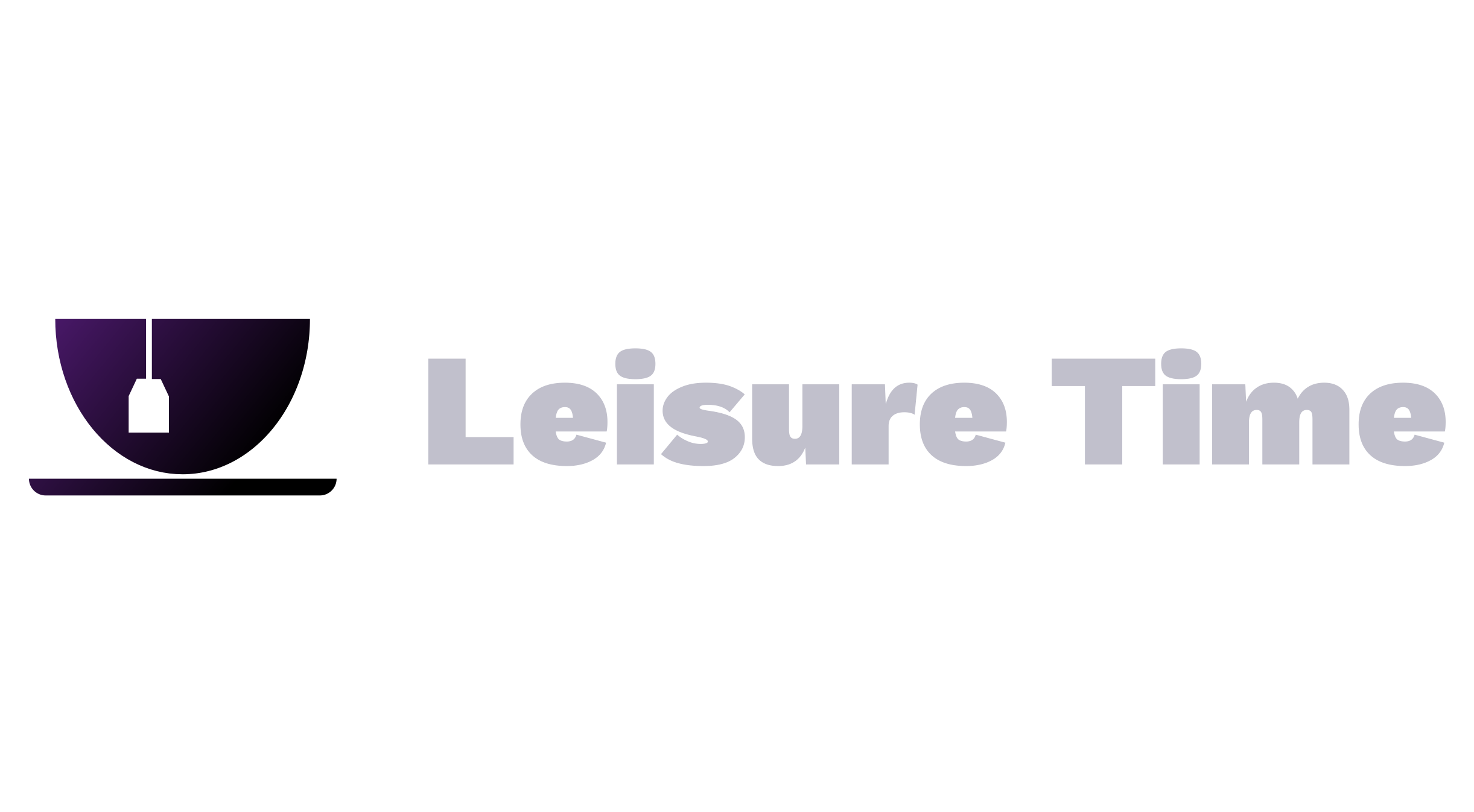Life after 52 often comes with new challenges. Some face job loss, others struggle to find opportunities, and many worry about financial security. The Spanish Public Employment Service (SEPE) understands this reality, which is why it offers the subsidy for individuals over 52 years old. Recently, an advisor from SEPE, Clara Martínez, clarified one important point:
👉 Only the applicant’s income is considered for eligibility—not the family’s income.
This is a game-changer for many households. Because often, people hesitate to apply, fearing their spouse’s salary or their children’s earnings might disqualify them. But SEPE has made it clear—the subsidy looks only at you, the applicant.
Now, let’s explore what this means, how the calculation works, and most importantly, how you can benefit from this subsidy if you qualify.
Why the Subsidy for Over 52 Matters (And Why Family Income Doesn’t Count)
When financial difficulties strike, small details make a big difference. For this subsidy, SEPE sets a clear income limit: 888 euros gross per month, which equals 75% of the Minimum Interprofessional Wage (SMI).
Here’s the key:
-
SEPE checks only your individual income.
-
Your partner’s salary? Not included.
-
Your children’s earnings? Not relevant.
This decision gives people more independence. Imagine being over 52, unemployed, and living in a household where others have some income. Without this rule, you could be unfairly excluded. Thanks to SEPE’s approach, fairness prevails—you are assessed as an individual.
And there’s more: once granted, you’ll need to submit the Annual Income Declaration to verify you remain under the threshold. It’s simple paperwork, but it ensures continued support.
👉 If you’re over 52, don’t wait. This subsidy isn’t just a benefit—it’s a lifeline. It helps cover daily costs while you continue searching for employment or waiting for retirement contributions to add up.
How SEPE Calculates Income: Effective vs. Assumed Yields
But how does SEPE measure your income? The answer is both practical and precise. According to Clara Martínez, SEPE evaluates two types of income:
-
Effective Income – These are earnings you already receive each month. For example:
-
Part-time job salaries
-
Rental income from a property
-
Bank deposits with monthly interests
-
-
Assumed (Presumed) Income – These are potential earnings, even if you’re not actively receiving them. For instance:
-
Savings in the bank
-
A second home (not your main residence)
-
In these cases, SEPE applies the legal interest rate of money (3.25% in 2025) and divides it over twelve months.
It might sound complex, but it actually protects fairness. If you hold large savings or own extra property, you’re expected to have some “hidden income.” Still, SEPE excludes important assets like your main residence and pension plans, provided you haven’t withdrawn them.
👉 This is where many applicants hesitate, thinking the math is against them. But in reality, if your monthly result stays under 888 euros, you qualify. And yes, it’s worth checking carefully—you might be eligible without realizing it.
What Makes This Subsidy Different From Others
Here’s where many get confused. SEPE has other subsidies—like those for lack of income or insufficient contributions. And in those cases, the rules change.
For those subsidies, SEPE does take into account your household income. It adds up the earnings of your spouse, children, or dependents, and then divides the total among family members. If the average falls under the required limit, then you qualify.
But not here. Not with the subsidy for people over 52. This one is unique because:
-
It values your independence.
-
It allows households with mixed financial situations to still benefit.
-
It ensures that the person applying doesn’t lose out just because others around them are doing better financially.
👉 That’s why SEPE emphasizes clarity. They want applicants to understand the difference and apply with confidence.
If you’re uncertain, the best step you can take is to consult directly with SEPE. Their advisors can review your situation, confirm your eligibility, and guide you through the application. And remember, the earlier you apply, the sooner you start receiving support.
Taking Action: How You Can Apply and Secure Your Future
At this point, the picture is clear. If you’re over 52, unemployed, and your income falls below 888 euros monthly, this subsidy is designed for you. The process is straightforward:
-
Gather proof of your income (effective and presumed).
-
Prepare your Annual Income Declaration.
-
Submit your application through SEPE’s official website or visit a local office.
The good news? You don’t need to worry about your family’s income. Focus only on your own.
Think of it as a bridge—a financial cushion that buys you time until you find work or reach retirement. Without this subsidy, many over 52 would feel left behind. With it, you gain stability and peace of mind.
👉 Don’t wait. If you qualify, apply now. Every month counts, and SEPE is here to support you.
✅ Final Thought: SEPE’s clarification is not just bureaucracy—it’s a gesture of fairness. By valuing individual income, not family income, the subsidy becomes more inclusive and humane. If you or someone you know is over 52 and unemployed, this is the opportunity to secure financial support and move forward with dignity.
